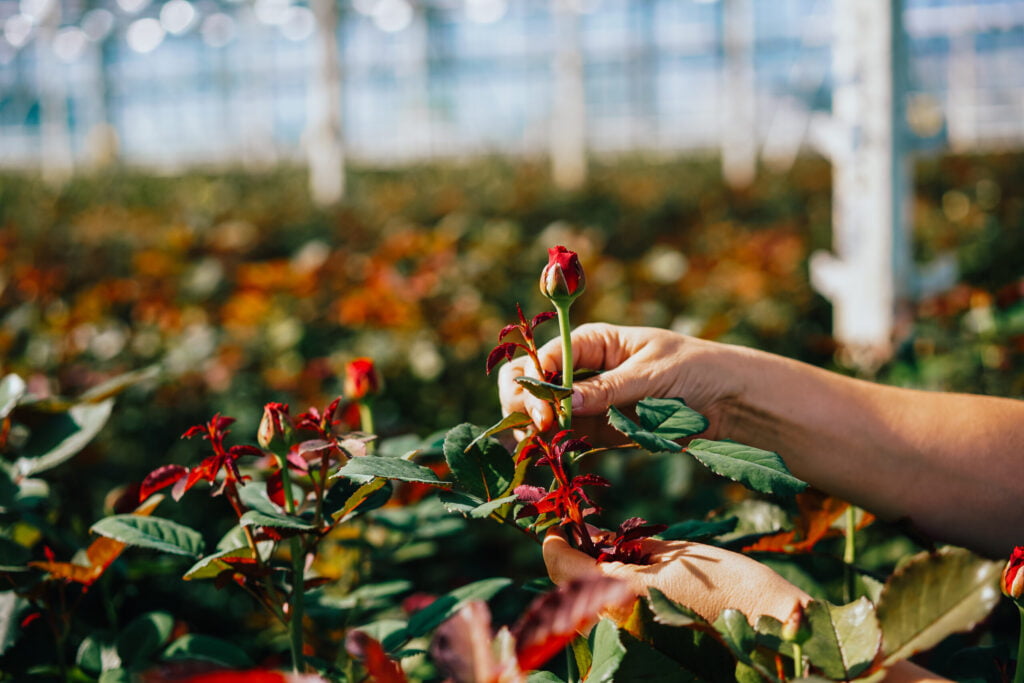Opening a commercial greenhouse can be an exciting and potentially lucrative venture. However, you have to be prepared before diving into this unique business opportunity. The success of your greenhouse largely depends on careful planning and adequate preparation. Many people find they don’t know what to do or where to stand, but this is understandable. The good news is that there are many resources available to assist you. If you need advice, read on!
Designing the Ideal Greenhouse

Designing an efficient commercial greenhouse is crucial for reducing operating costs, maximizing crop yield, and creating a healthier environment for plants. By considering factors such as resource utilization, space optimization, and plant well-being, greenhouse operators can ensure the long-term success and profitability of their operations. By ensuring that the structure is well insulated, with proper ventilation, energy consumption can be substantially reduced.
It can benefit you to take time to learn about Sollum Technologies’ dynamic LED lighting. Dynamic LED lighting is an essential component for commercial greenhouses due to its ability to mimic natural sunlight and optimize plant growth. Unlike traditional lighting systems, LED lighting adjusts its intensity and color spectrum to match the specific needs of plants at different stages of growth. This technology not only provides energy-efficient lighting solutions but also promotes better photosynthesis, resulting in healthier and more productive plants.
Exterior security matters too. For example, investing in a hog proof fence is always a smart idea when it comes to protecting your crops and reducing potential losses. These animals are known for their strong digging capabilities, and if they gain access to your greenhouse, they can cause extensive damage to your plants and infrastructure.
Basics of Greenhouse Safety
One major aspect of greenhouse safety is maintaining a clean and organized workspace. Regularly inspecting and cleaning the greenhouse can prevent accidents, such as slips, trips, and falls. It’s important to remove any debris, tools, or equipment that may obstruct walkways or emergency exits. Keep in mind that excessive heat or poor air quality can lead to heat exhaustion, respiratory issues, or other health concerns.
Another key aspect of commercial greenhouse safety is the proper handling and storage of chemicals and pesticides. Workers should be trained on how to handle and apply these substances safely, following all recommended guidelines and using appropriate protective equipment. Storing chemicals in a designated area away from other materials reduces the risk of spills or accidents. Regular maintenance and checking for leaks or damaged equipment can also prevent dangerous exposures. Taking safety precautions when using products containing substances like volatile organic compounds should be a priority too.
Implement a comprehensive safety plan that includes regular safety meetings, emergency protocols, and first aid training. This guarantees that everyone is aware of the potential risks and knows what steps to take. Furthermore, providing personal protective equipment, such as gloves, goggles, and masks, promotes a safe work environment and reduces the risk of injuries.
Marketing Your Greenhouse’s Products

Identifying your target market matters. Understand who your potential customers are and what they are looking for in greenhouse products. Consider factors such as location, demographics, and preferences. For example, if your greenhouse specializes in organic produce, your target market might be health-conscious individuals or local grocery stores that prioritize organic products. Once you have identified your target audience, utilize multiple marketing channels to reach them. Social media platforms like Facebook, Instagram, and Twitter can be powerful tools to develop a presence online.
Direct marketing efforts can also be beneficial. Attend local farmers’ markets or trade shows where you can showcase your greenhouse products in person. Provide samples, tastings, or demonstrations, and engage with potential customers directly to build relationships and generate sales leads. Additionally, consider partnering with local restaurants, florists, or grocery stores to showcase and sell your greenhouse products.
Finally, don’t underestimate the power of good old-fashioned word-of-mouth marketing. Encourage satisfied customers to spread the word about your greenhouse products to their friends and family. Offer incentives for referrals, such as discounts or loyalty programs. Building a strong reputation and positive customer feedback will play a role in attracting new customers.
In summary, opening a commercial greenhouse requires careful preparation and attention to detail. By having a clear vision, creating a comprehensive business plan, understanding the technical aspects of greenhouse management, and promoting your business effectively, you can ensure a successful and profitable venture. With dedication, hard work, and a passion for growing plants, your greenhouse can flourish and contribute to the growing demand for sustainable and locally sourced produce.










